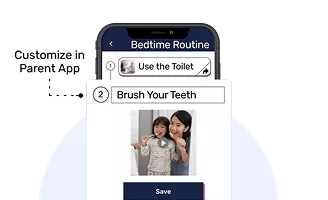Reinforcement plays a crucial role in shaping behavior and promoting positive actions. Here’s a quick overview of how reinforcement works and some practical examples:
- Positive reinforcement: Adding something desirable after a behavior to increase its likelihood.
- Example: Praising a child for completing their homework promptly, which encourages them to repeat the behavior.
- Example: Giving a sticker to a student for participating in class discussions, reinforcing their engagement.
- Negative reinforcement: Removing something aversive after a behavior to increase its likelihood.
- Example: Allowing a teenager to skip chores if they consistently maintain good grades, reinforcing their academic performance.
- Example: Turning off an alarm once you wake up early, increasing the chances of waking up promptly in the future.
- Reinforcement for skill acquisition: Using reinforcement to teach new techniques or skills.
- Example: Providing a small reward for a child who successfully ties their shoelaces, facilitating the learning process.
- Example: Applauding a student for correctly solving a math problem, motivating them to continue practicing their math skills.
- Reinforcement for behavior reduction: Utilizing reinforcement to decrease problem behaviors.
-
- Example: Offering a preferred activity as a reward for completing homework before engaging in video games, discouraging procrastination.
- Example: Providing verbal praise to a child for using polite language instead of throwing a tantrum, reinforcing positive communication.
By understanding how reinforcement works and applying it effectively, parents can create an environment that fosters positive behavior and skill development in their children. Goally’s tablet offers interactive apps for kids to develop life and language skills. With digital schedules, AAC, gamified learning, and skill training videos, Goally supports positive behavior and fosters independence.
This post was originally published on Feb. 14, 2023. It was updated on July 20, 2023.











